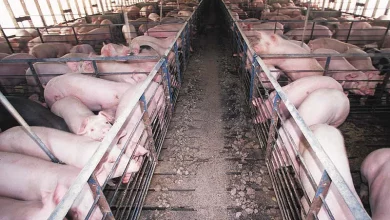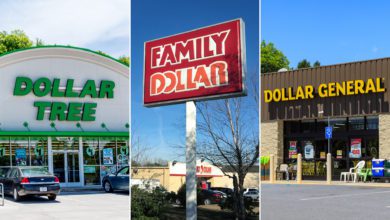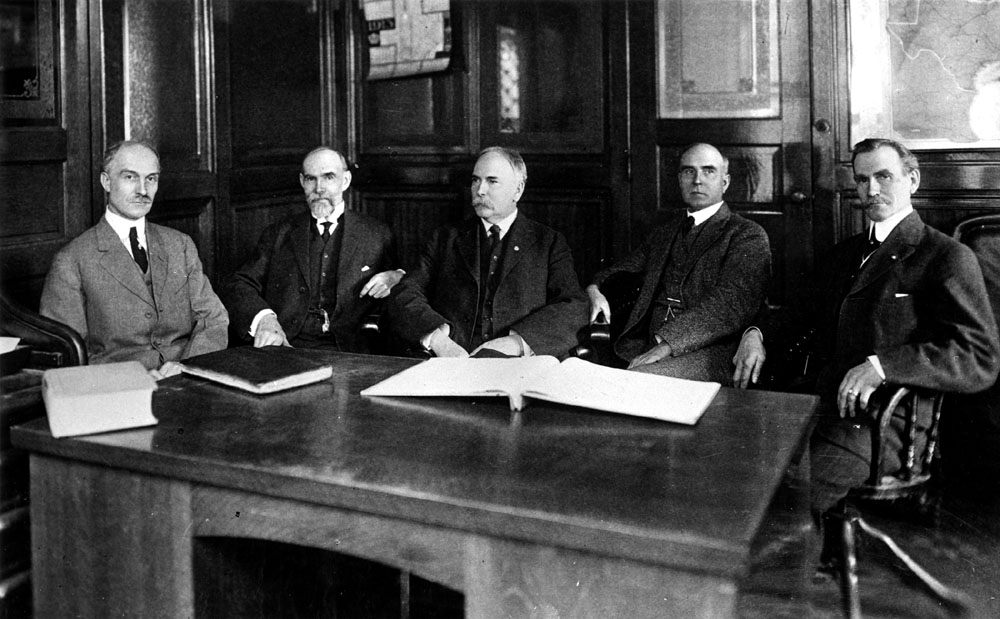
Resources and Context for Those Who Have Fallen on Hard Times
Image Source: Pexels
It’s hard to stay afloat, financially speaking, in today’s America. The average cost of living has increased by 14 percent since 2015, even as wages remain relatively stagnant. No matter where in the country you live, there’s a high chance that you’re living paycheck to paycheck and struggling to make ends meet.
Cost of living is calculated by measuring the change in prices of basic expenses, including food, shelter, transportation, and medical care. Metropolitan areas across the country have been hit particularly hard by rising living costs. Cities that are seeing the highest cost of living increases include Colorado Springs, Austin, and Columbus, and the expansive distance between these cities is indicative of a national problem.
The good news is that numerous resources exist for those who have fallen on hard times, from Section 8 housing vouchers to various types of financial assistance. Let’s take a look at how we got to our current climate of financial instability, and ways to break free from the cycle of poverty.
How Did We Get Here?
According to the U.S. Census Bureau, 43.1 million people live below the poverty line, which equals more than 13 percent of the total population. But that’s only part of the story: rising rents and inflation are also problematic among the middle class, as financial instability and housing insecurity no longer solely affect those in poverty, and poverty itself is becoming more widespread.
In fact, suburban areas across the U.S., long associated with the middle class, have experienced growing poverty rates in recent years. “There have been 65 percent more poor people in the suburbs and 32.5 percent more poor people in cities since 2003. And since 2000, the suburbs have seen a 139 percent increase in the number of poor people, and cities have seen a 50 percent increase,” Ohio University reports.
Suburban poverty is fueled by several factors, most notably the gentrification of urban areas. Gentrification is the term used to describe the revamping and revitalization of urban neighborhoods, often at the expense of long-time residents. And while gentrification may have some positive benefits, such as reduced crime rates, the process also drives up housing prices, effectively pushing out many of the working poor from urban centers and into the suburbs.
Resources for Individuals on the Poverty Line
Whether you live in the city, suburbs, or a rural community, there are a variety of resources that can help you to meet your basic needs. Families and individuals below the poverty line may benefit from assistance with everything from food and healthcare to education and housing. Fortunately, whether you’re unemployed or make a negligible wage that doesn’t cover your basic needs, many governmental services and non-profit organizations are designed to help people in need.
As struggling families often have to make the choice between housing costs and groceries, food assistance is one of the country’s most needed resources. Fortunately, you may be able to visit food pantries, which provide boxes of canned and dry goods, along with meat, dairy, and produce items in some cases, to those in need. On top of food programs for families, there are others for specific groups of people like single mothers who cannot afford to feed newborn babies, the program being called WIC, which stands for Women, Infants, and Children. Throughout most of America, you can call 211 to inquire about food pantries in your area, and whether or not you qualify for their services. Some food pantries require a photo ID, or only serve individuals in a particular geographic area. In that case, proof of address may be required.
Numerous resources also exist where housing is concerned. The US Department of Housing and Urban Development (HUD) is a major player in affordable housing across the country, and offers rental assistance to those who qualify. Those who are low income but have a steady job and good credit may be ready to eschew renting altogether in favor of home ownership. Those individuals may want to consider applying for a Habitat for Humanity house, which is a home built and provided for those who otherwise do not have the means.
Thinking Outside the (Housing) Box
As more and more Americans are affected by the modern housing market, creative living solutions are popping up. For many, buying a house isn’t a possibility, whether due to credit problems or low income. While there are loan options out there that are tailored to low-income home buyers, plenty of individuals are looking to more creative solutions in the realm of affordable housing.
Some people living at or below the poverty line choose to find a roommate or shared space in order to reduce living costs. The Pew Research Center reports that one in three U.S. adults are “doubling up,” or cohabitating with other adults or families, including parents living with their grown children. That number doesn’t include 18-to-24-year-old students, who are traditionally one of the main demographics when it comes to shared living. Instead, today’s cohabitating adult population is largely made up of those struggling to get by, and want to decrease their overall housing and utility expenses.
Another unique solution to the lack of affordable housing is the tiny house movement. Spawned from the concept of minimalism, without the need for a plethora of possessions, tiny homes typically range between 250 and 400 square feet. They are built with purpose and thoughtfulness, without any space wasted.
For example, you aren’t likely to see an A-frame roof on a tiny house, because sloping A-frames “tend to leave an awkward amount of unused space near the cabin’s apex,” according to building experts. Unused space isn’t part of tiny house design schemes, because those unused spaces go against the whole concept of living small and wasting nothing. Tiny homes are an ideal option for those living in poverty or close to it because monthly energy bills are low, and the cost of rent or mortgage is typically negligible.
Final Thoughts
Asking for help can be difficult for many who are going through hard times. And today, with the rise of gentrification and housing costs across the U.S., more of us are going through hard times than ever. But acquiring financial assistance may be easier than you realize: By taking advantage of the resources at your disposal, you may be able to improve your living situation in short order.




